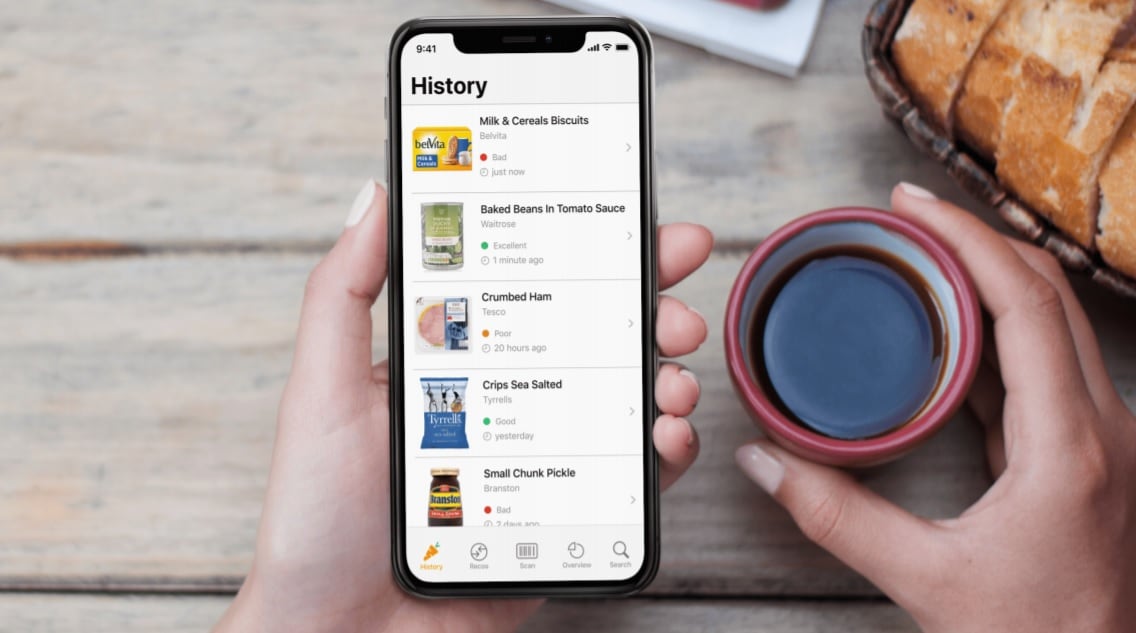Rising obesity levels and growing links between noncommunicable diseases and unhealthy foods are driving change in front-of-pack (FOP) labelling.
Where previously a food package simply displayed its product name, and perhaps that of its manufacturer, today it is not uncommon to come across traffic light labelling, calorie figures, letter ratings, or even see consumers scanning products with their smartphone, in the supermarket aisle.
Such ranking methods – all designed to determine if a product is ‘healthy’ or not – do not just vary in appearance. Some focus on algorithms or scan barcodes, while others concentrate on how processed a finished food product is: from minimally to ultra-processed.
How do these methods work?
French derived NutriScore is perhaps the best known across Europe. The system is based on an algorithm that takes both positive and negative attributes of a food’s nutritional composition into account.
Total content of sugars, saturated fatty acids, salt and calories, for example, have a negative influence on the final score. Whereas fruits, vegetables, fibre or protein, have a positive impact.
The label also includes a colour coded scheme ranging from dark green to dark orange, associated with letters A-E. Products designated with an ‘A’ have the ‘best nutritional quality’. Those designated with ‘E’ have ‘poorer nutritional quality’.
NutriScore has been voluntarily adopted by a number of countries, including France, Belgium, and Switzerland.
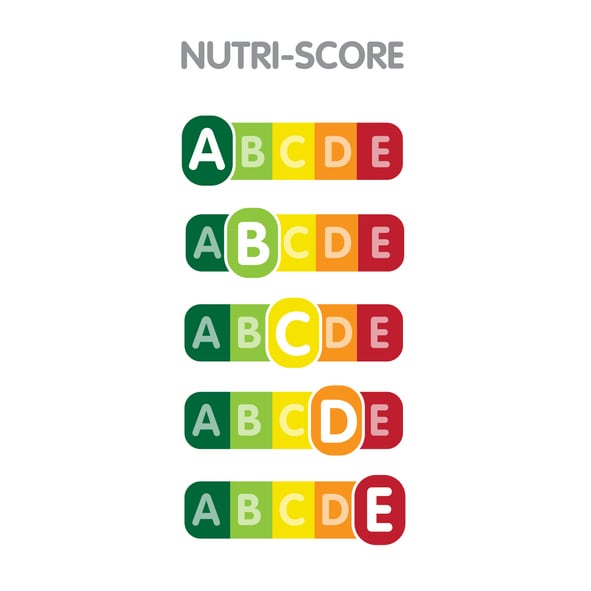
Whereas NutriScore focuses on nutritional composition, the NOVA system is more concerned with how processed a food is. The method was developed by researchers in Brazil to assess the role of food processing on diets, health and wellbeing.
The system categorises food into four categories according to the extent and purpose of industrial processing involved.
- Unprocessed or minimally processed foods include fresh, dry or frozen fruit and vegetables; packaged grains and pulses; flours made from corn, wheat, rye; pasta; eggs; fresh or frozen meat and fish; and milk.
- Processed culinary ingredients include sugar, oils, fat, salt, and other substances extracted from foods or nature used to season or cook.
- Processed foods include vegetables in brine, fruits in syrup, salted meat and fish, cheese and freshly made unpackaged breads.
- Ultra-processed foods include soft drinks; packaged snacks and confectionery; mass-produced packaged breads; reconstituted meat such as hot dogs and chicken nuggets; instant soups and noodles; and industrially prepared pizzas, pies and ready meals.
French start-up Siga also ranks food according to its degree of processing, and in that respect, is not dissimilar to NOVA. However, Siga founder Aris Christodoulou says his system brings ‘finer granularity’ to NOVA’s classifications.
The system analyses a product’s list of ingredients, nutritional table and legal name before ranking it according to letter, number and colour.
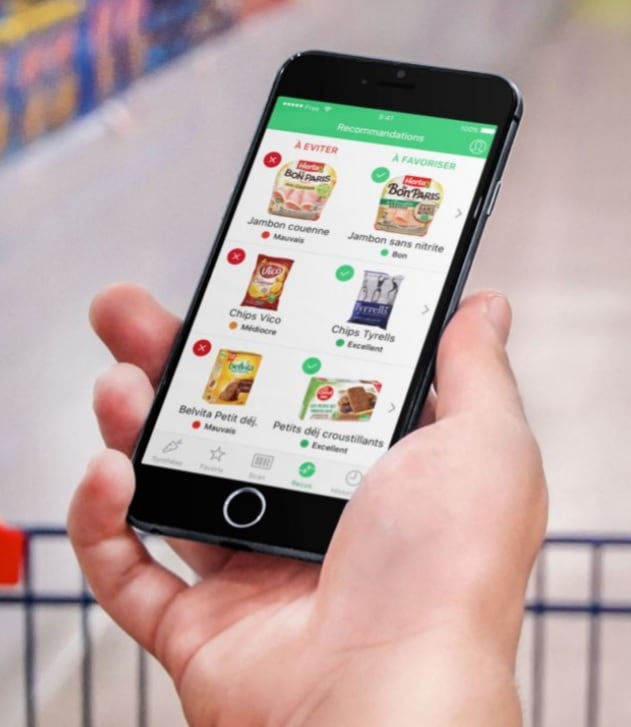
The degree to which the food is processed covers all ingredients and additives.
Beyond providing a coloured score, the Siga platform offers a more complete evaluation which identifies the ultra-processed ingredients, lists any food additives associated with safety concerns, and recommends on how to reformulate and improve the product.
French start-up Yuka also suggests alternatives to less healthy foods. The free smartphone app works by scanning a food’s barcode, rating the item, and offering detail information to help consumers understand the health of each product.
Food product analyses are based on three criteria: nutritional quality, the presence of additives, and whether the item is organic or not.
Where a product is deemed to have a negative impact on the consumer’s health, the app recommends a healthier alternative. These are selected using an algorithm incorporating three factors: the product category, the product rating, and its availability.
I’m confused, which one is the ‘healthiest’?
With a variety of ranking methods available, each with a different concept of what ‘healthy’ actually means, consumers can easily feel confused while shopping. Should consumers be avoiding all processed foods? Or wholefoods with high levels of saturated fat?
According to French economics and business magazine, Capital, which counts executives in industry and finance among its readership, it is possible to find processed foods that score relatively well across the board.
Indeed, Capital has published nine food products (available here in French) that pass the test for all aforementioned systems: NutriScore, NOVA, Yuka, and Siga.
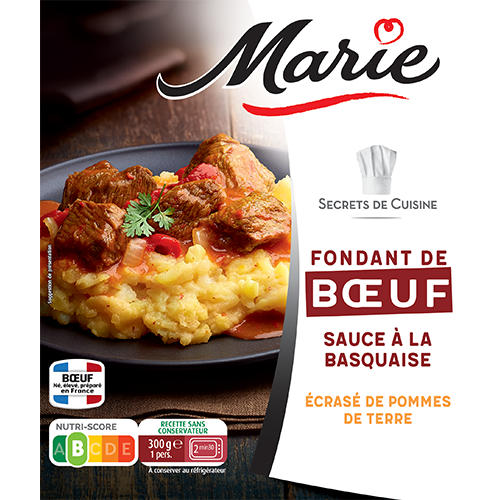
Marie’s beef dish with Basque sauce and mashed potato has been ranked with a green ‘B’ NutriScore rating. The recipe uses French-certified beef, and is found in the refrigerated aisle of the supermarket. The ‘Fondant de Boeuf’ contains 387kcal per 300g portion, or 129kcal per 100g, and 3.3g saturated fat, 1.2g sugar, and 0.64g salt per 100g.
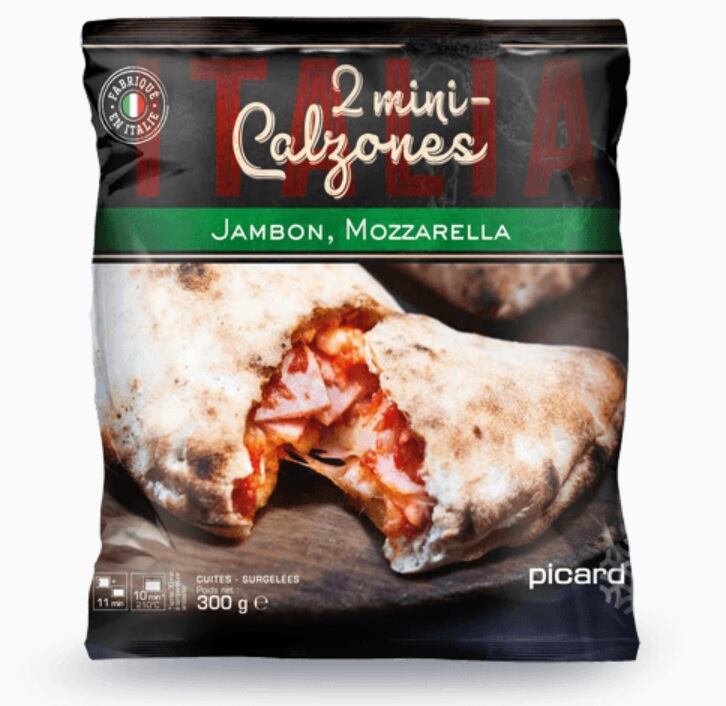
Picard’s packet mini-calzones, filled with ham and mozzarella, also scored well according to Capital. A 300g packet sells for €2.95 in the frozen food supermarket. One serving of calzone contains 283kcal, and per 100g the product contains 198 kcal, 2.6g saturated fat, 1.5g sugar, and 1.5g salt.
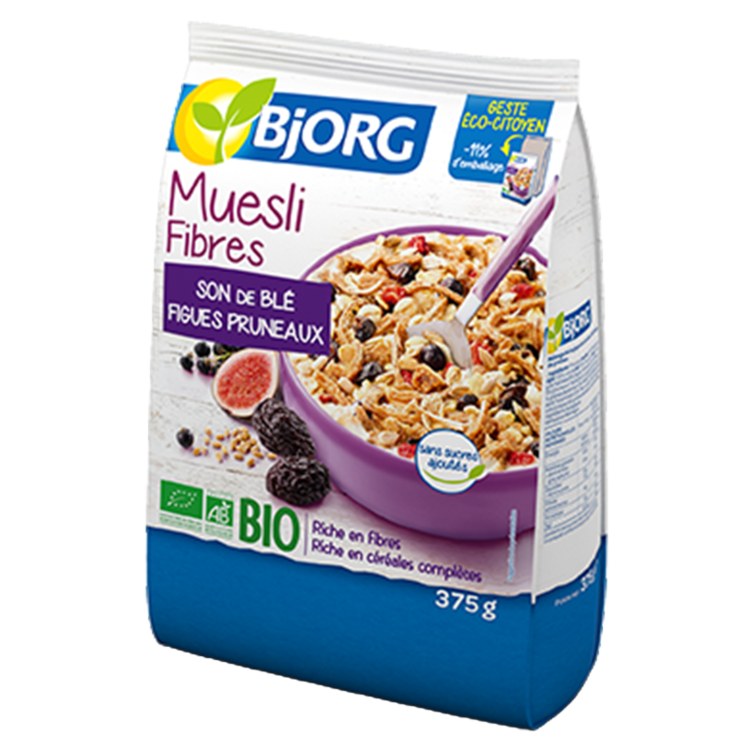
Organic, fibre-rich muesli with figs and prunes, from Bjorg, is made with whole wheat. The product contains no added sugar, and has recently launched in new packaging to reduce plastic use by 11%. The muesli is made from oats, rye, wheat, barley, figs, prunes, sunflower seeds, buckwheat, as well as powdered blackcurrant and strawberries. Per 100g, the product contains 264kcal, 0.9g saturated fat, 7.2g sugar, and 0.03g salt.
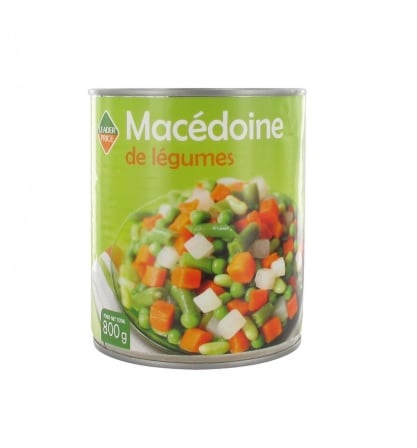
Leader Price’s canned Macedonian vegetables contains water, carrots, green beans, turnips, peas, flageolet beans and salt. According to OpenFoodFacts.org, the product scores a 3 in NOVA’s scoring system, and has been ranked a green ‘A’ according to NutriScore.
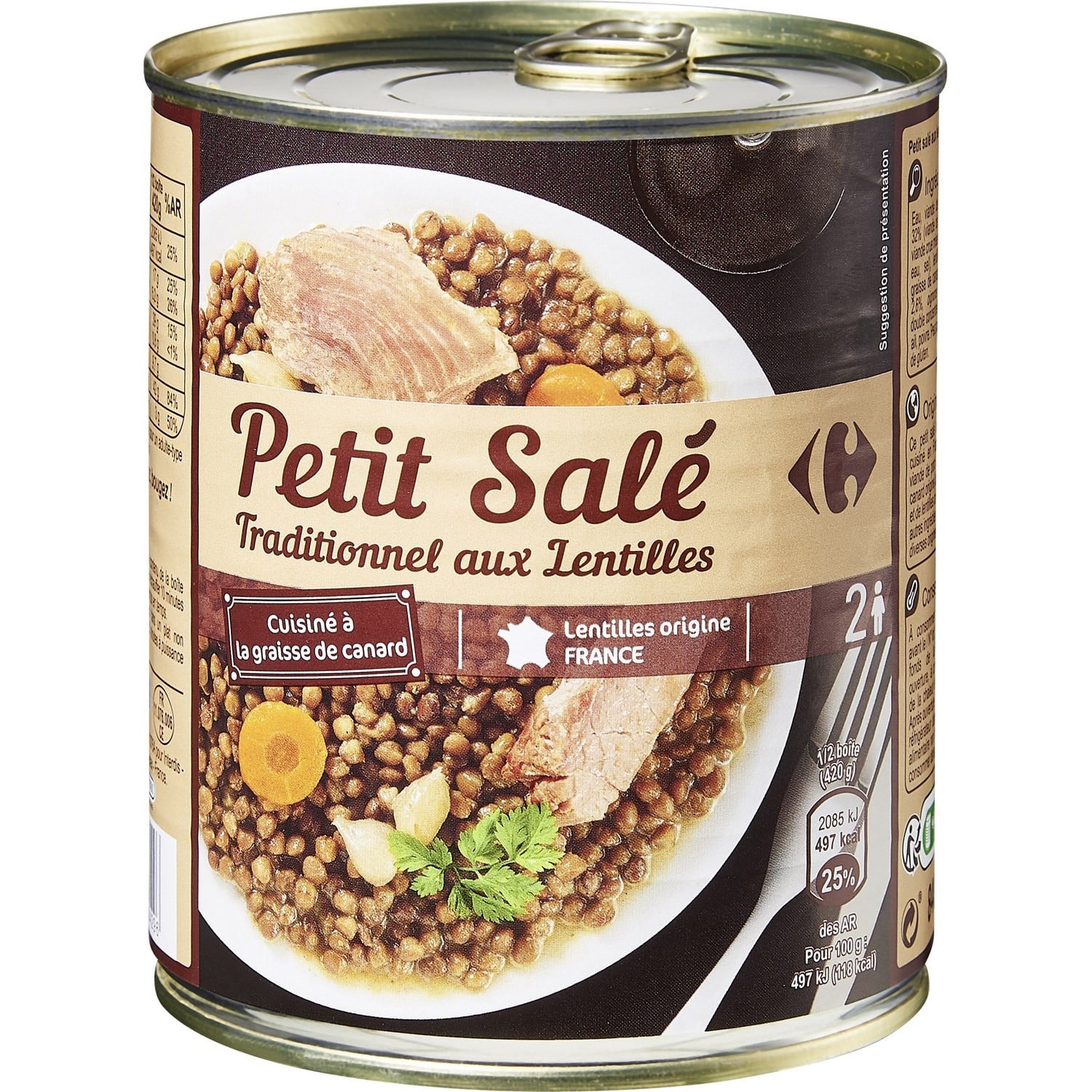
Carrefour’s cooked meat and lentil dish scored a green ‘A’ according to NutriScore, and received good marks from Siga and Nova, due to the product’s short ingredient list – which incidentally contains no ‘E numbers’. The can contains pork, green lentils, duck fat, carrots, onions, tomato concentrate, salt, garlic and pepper. Per 100g, the product contains 118kcal, 1.2g saturated fat, 0.5g sugar, and no salt.
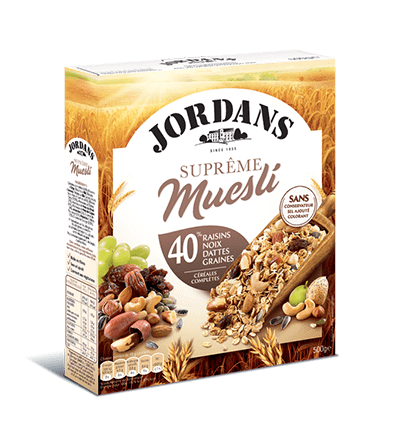
Jordans ‘supreme’ muesli with raisins, nuts, dates and seeds, is rich in fibre and a natural source of magnesium, potassium, and vitamin B1. The product contains no artificial flavours or colouring, and is made of barley, wheat, oats, dried fruits, brazil nuts, cashew nuts, almonds, grilled hazlenuts, sunflower seeds and pumpkin seeds.
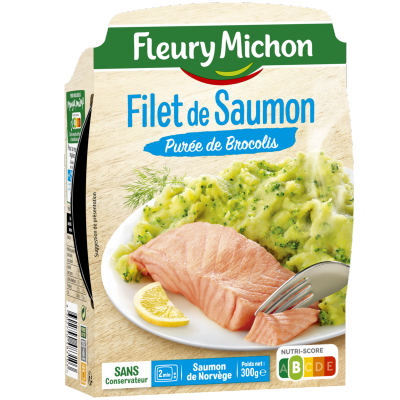
French brand Fleury Michon sells a Norwegian salmon filet with a potato and broccoli puree in 300g portions. Its ingredients list contains rehydrated skim milk, salmon, broccoli, potato flakes, water, crème fraiche, butter, salt and turmeric. The product scored a green ‘B’ according to NutriScore, and per 100g, it contains 113kcal, 2.6g saturated fat, 1.9g sugar, and 0.8g salt.
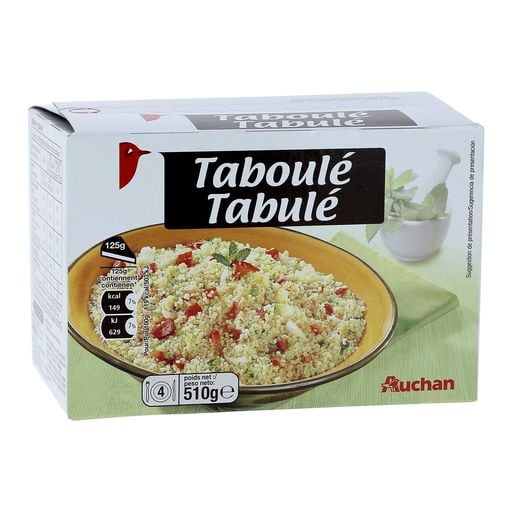
Supermarket Auchun’s private label tabbouleh dish scores a green ‘B’ according to NutriScore. Aside from wheat, the rpdocut contains fresh tomatoes, fresh onions, extra virgin olive oil, red peppers, mint, tomato concentrate, salt, parsley, lemon juice and pepper. Per 100g, the tabbouleh contains 119kcal, 0.4g saturated fat, 2.2g sugar, and 0.88g salt.
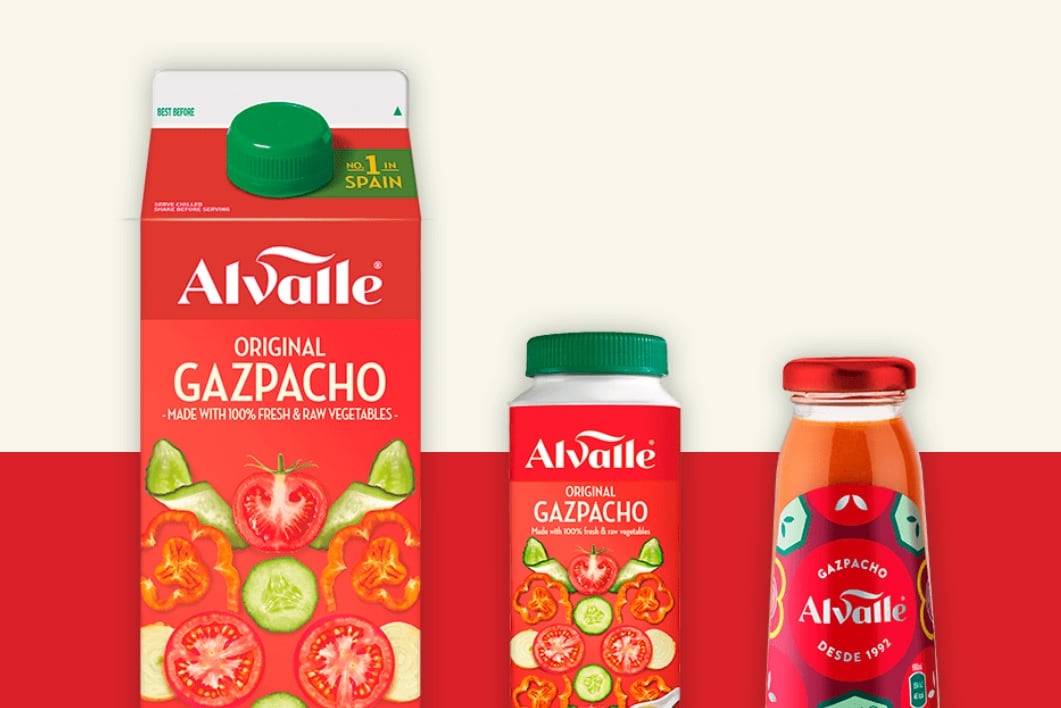
Alvalle’s original gazpacho receives a green ‘A’ score from NutriScore. It contains 100% Spanish vegetables, of which 93% are fresh and 7% seasoning. More specifically, the ingredients list notes tomato, red pepper, cucumber, onion, extra virgin olive oil, wine vinegar, salt, garlic and lemon juice. Per 100ml, the gazpacho contains 46kcal, 0.4g saturated fat, 3.1g sugar, and 0.61g salt.



